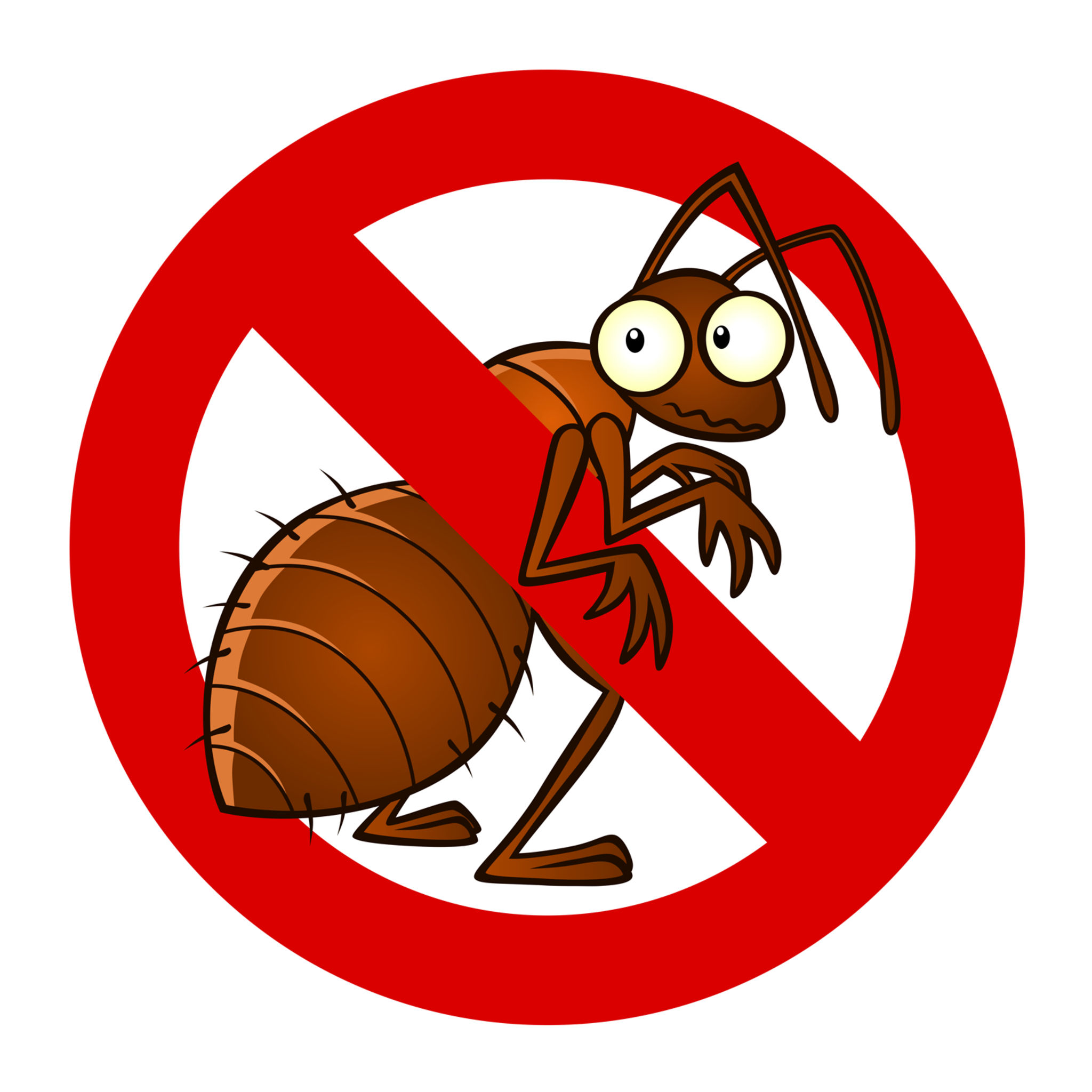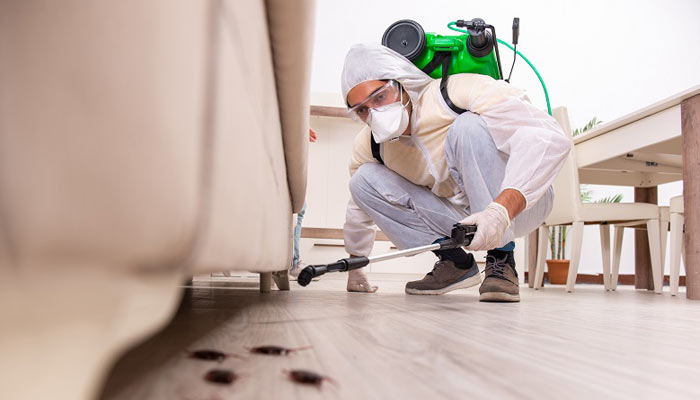Comprehensive A1 Pest Control in Portland Oregon Bed Bugs - Safe Treatments
Comprehensive A1 Pest Control in Portland Oregon Bed Bugs - Safe Treatments
Blog Article
Reliable Pest Control Solutions: An In-Depth Consider Elimination Techniques and Prevention Actions
In the realm of parasite control solutions, the successful management of problems calls for a precise strategy that integrates different techniques and actions for both obliteration and avoidance. From Integrated Pest Management (IPM) methods that focus on sustainable remedies to chemical elimination methods developed for targeted removal, the toolbox against parasites is diverse and vast. Organic control approaches and physical prevention actions use alternative courses to effectively combating undesirable intruders. Nonetheless, the trick to a thorough bug control plan exists not simply in the methods themselves, but additionally in the meticulous specialist inspection treatments that come before and educate them. By understanding the complexities of each method and exactly how they interaction, one can really understand the intricacy and effectiveness of contemporary parasite control services.

Integrated Bug Administration (IPM) Approaches
Integrated Parasite Management (IPM) Techniques encompass a thorough approach to pest control that focuses on surveillance, avoidance, and control approaches to properly take care of parasite populaces. By incorporating numerous methods, IPM intends to minimize the impact of insects while also minimizing the dependence on chemical pesticides. Avoidance lies at the core of IPM, emphasizing practices like correct cleanliness, maintenance of hygiene, and sealing entrance indicate discourage parasites from infesting structures. Tracking plays an essential function in IPM by routinely identifying and checking bug degrees to establish the appropriate intervention thresholds. Control methods in IPM focus on making use of physical, biological, and social techniques before turning to chemical therapies as a last option. These approaches include introducing natural killers, habitat adjustment, and employing capturing gadgets to keep parasite populations in check. Overall, IPM fosters a environmentally mindful and lasting method to pest management, promoting lasting services that secure both human health and the ecosystem.
Chemical Elimination Techniques
Chemical extermination methods are typically utilized in insect control services to properly eradicate parasite populaces that present a danger to human health and wellness and residential property. These strategies entail the usage of various chemical materials particularly developed to target and get rid of bugs such as bugs, rats, and other unwanted creatures. The application of chemicals, pesticides, rodenticides, and other chemical representatives is very carefully regulated to ensure optimum performance while lessening risks to human beings, pets, and the atmosphere.
Among the essential benefits of chemical extermination methods is their ability to supply quick and targeted results, making them particularly useful in instances of severe infestations or urgent bug control needs - a1 commercial pest control portland. However, it is necessary to emphasize the value of correct handling, application, and disposal of these chemical products to avoid unplanned injury
Moreover, incorporated insect monitoring (IPM) methods typically integrate chemical extermination methods with various other techniques such as hygiene, habitat alteration, and organic controls to develop a thorough and sustainable parasite control approach. By including chemical elimination strategies deliberately within an IPM framework, pest control services can properly take care of pest populations while lessening prospective risks to human wellness and the setting.
Biological Insect Control Methods
Employing natural killers and bloodsuckers to take care of pest populaces is a sustainable technique called organic parasite control. This method harnesses the all-natural systems of the ecological community to manage parasite populaces without relying upon synthetic chemicals. One typical organic control technique involves introducing natural opponents of the target insect types, such as ladybugs for aphid control or nematodes for termite problems. These all-natural predators feed on the insects, aiding to keep their populations in check.
Another effective biological control strategy is making use of microbial pesticides. These are naturally happening bacteria, such as fungi, microorganisms, and infections, that specifically target and contaminate particular pest types. By utilizing these microbial representatives, parasite populations can be effectively lowered without damaging useful organisms or triggering injury to the setting.
Physical Insect Avoidance Steps
Carrying out physical pest prevention procedures involves making use of obstacles and architectural alterations to discourage bugs from entering or infesting a residential property. Mounting door moves, screens on home windows, and sealing cracks in the foundation can assist stop bugs like insects and rodents from obtaining accessibility inside your home.
One more physical avoidance step is the use of obstacles like fence to keep bigger bugs such as deer or raccoons away from the home. Mounting mesh or wire displays around gardens can protect plants from being harmed by insects. Correct waste monitoring, including securing wastebasket with tight-fitting lids, is important in hindering bugs like raccoons, bugs, and rats. By implementing these physical bug prevention actions, homeowner can significantly minimize the threat of parasite invasions and the damages they can cause.
Specialist Parasite Inspection Procedures
Conducting methodical and comprehensive parasite assessments is a fundamental facet of specialist insect management methods. Expert parasite examiners are educated to carefully examine buildings for indications of invasions, recognizing pest types, access points, and favorable problems.

Conclusion
In conclusion, reliable insect control services employ a variety of methods, including Integrated Parasite Administration strategies, chemical elimination methods, organic controls, and physical prevention actions. Specialist bug evaluation treatments play a vital role in recognizing and attending to pest concerns in a timely fashion. By executing a combination of these techniques, homeowner can effectively manage and protect against pest invasions.
From Integrated Parasite Management (IPM) techniques that focus on sustainable services to chemical elimination strategies developed for targeted removal, the collection against bugs is complex and vast.Integrated Bug Monitoring (IPM) Strategies include a detailed strategy to pest control that focuses on control, prevention, and monitoring techniques to effectively take care of bug populations.Chemical extermination techniques are frequently used in parasite control solutions to properly remove parasite populaces that posture a hazard to human wellness and residential property.Using all-natural killers and parasites to handle bug populaces is a sustainable technique known as biological pest control.In verdict, reliable parasite control solutions utilize a range of strategies, consisting of Integrated Parasite Monitoring methods, chemical elimination techniques, biological controls, and physical prevention actions.
Report this page